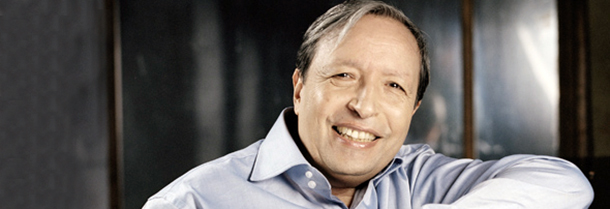Tag: Ludwig van Beethoven
-

PROGRAM NOTES: ZHANG ZUO
Ludwig van Beethoven 32 Variations in C minor WoO 80 The theme that Beethoven chose for his 32 Variations in C minor (1806) has a Baroque feel to it, with its chaconne-like harmonic pattern in the left hand and sarabande-like second-beat emphasis in the right. This theme, however, is far from the characterless blank canvas…
-

PROGRAM NOTES: YEKWON SUNWOO
Franz Schubert Sonata in C minor D 958 Schubert’s unabashed admiration for Beethoven is vividly on display in the opening bars of his Sonata in C minor D 958, composed in September 1828, shortly before his death. Schubert had served as a pallbearer at Beethoven’s funeral the year before, and his own death from tertiary…
-
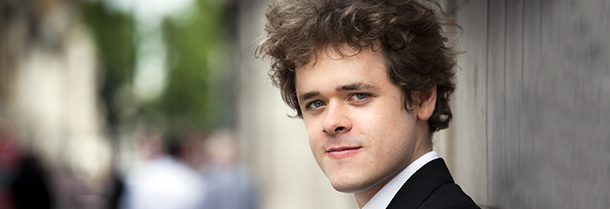
PROGRAM NOTES: BENJAMIN GROSVENOR
Robert Schumann Arabesque, Op. 18 In the autumn of 1838 Robert Schumann made a career decision. He would move from his native Leipzig to Vienna to find a publisher and a sympathetic public for his piano compositions. The public he hoped to attract in his year in the Austrian capital was a public of the…
-

PROGRAM NOTES: PAUL LEWIS
Johann Sebastian Bach Partita No. 1 in B flat major BWV 825 The partita, in late Baroque parlance, was just another name for a dance suite, a multi-movement work made up of the four canonical dance forms—allemande, courante, sarabande & gigue—with the occasional addition of a prelude at the beginning and optional fancier dances called…
-
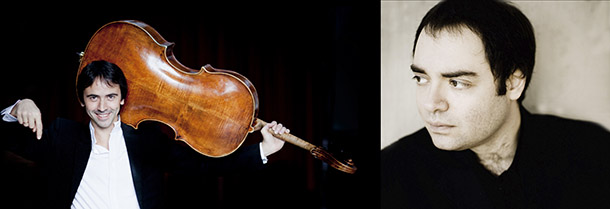
PROGRAM NOTES: WINTERLUDE – SUPER SUNDAY WITH JEAN-GUIHEN QUEYRAS & ALEXANDER MELNIKOV
Robert Schumann Fünf Stücke im Volkston Op. 102 The late 1840s saw Schumann take up “house music” in a big way. This does not mean that he began to DJ at raves, playing dance music with repetitive drum tracks and synthesized basslines. Rather, he had a productive period composing music specifically designed for the home…
-
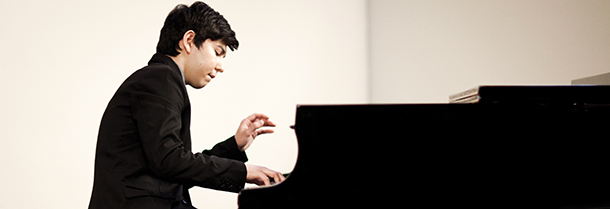
PROGRAM NOTES: BEHZOD ABDURAIMOV
Antonio Vivaldi Siciliana in D minor (arr. J. S. Bach and Alfred Cortot) Nothing could be more Baroque than an arrangement of an arrangement. The Baroque was a period in music history in which music travelled freely between instruments and instrumental ensembles. Bach’s Organ Concerto No. 5 for solo organ BWV 596, composed sometime…
-
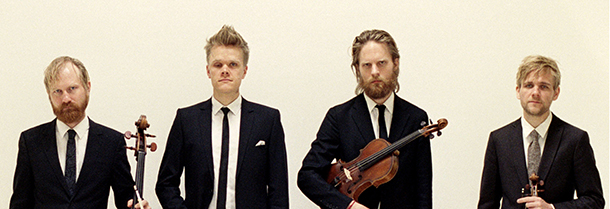
PROGRAM NOTES: THE DANISH STRING QUARTET
Johann Sebastian Bach Well-Tempered Clavier II Fugue No. 7 in E-flat major BWV 876 (arr. Mozart) In 1782 Mozart’s patron, Baron Gottfried van Swieten, showed the composer a number of manuscripts of the works of Johann Sebastian Bach and encouraged him to make string arrangements for performance at the Baron’s regular series of Sunday afternoon…
-

PROGRAM NOTES: APOLLON MUSAGÈTE QUARTET
Ludwig van Beethoven String Quartet in D major, Op. 18 No. 3 In the Napoleonic era, when a Viennese aristocrat was thinking of entertaining friends at home, he might pop down to the local shop to pick up a six-pack—a six-pack of string quartets, that is. The most refined form of self-entertainment in the homes…
-

PROGRAM NOTES: LEIF OVE ANDSNES
Jean Sibelius Kyllikki, Three Lyric Pieces for Piano Op. 41 Finland’s national composer, Jean Sibelius, has earned an honoured place in the modern canon chiefly on the merits of his orchestral works, notably his seven symphonies, the Violin Concerto, and the tone poem Finlandia. Less celebrated are the composer’s more than 150 miniatures for piano,…


